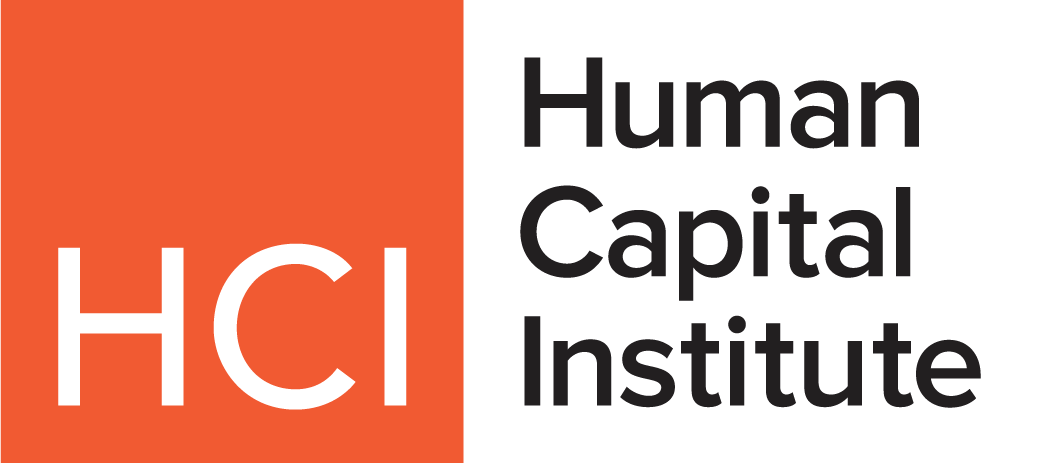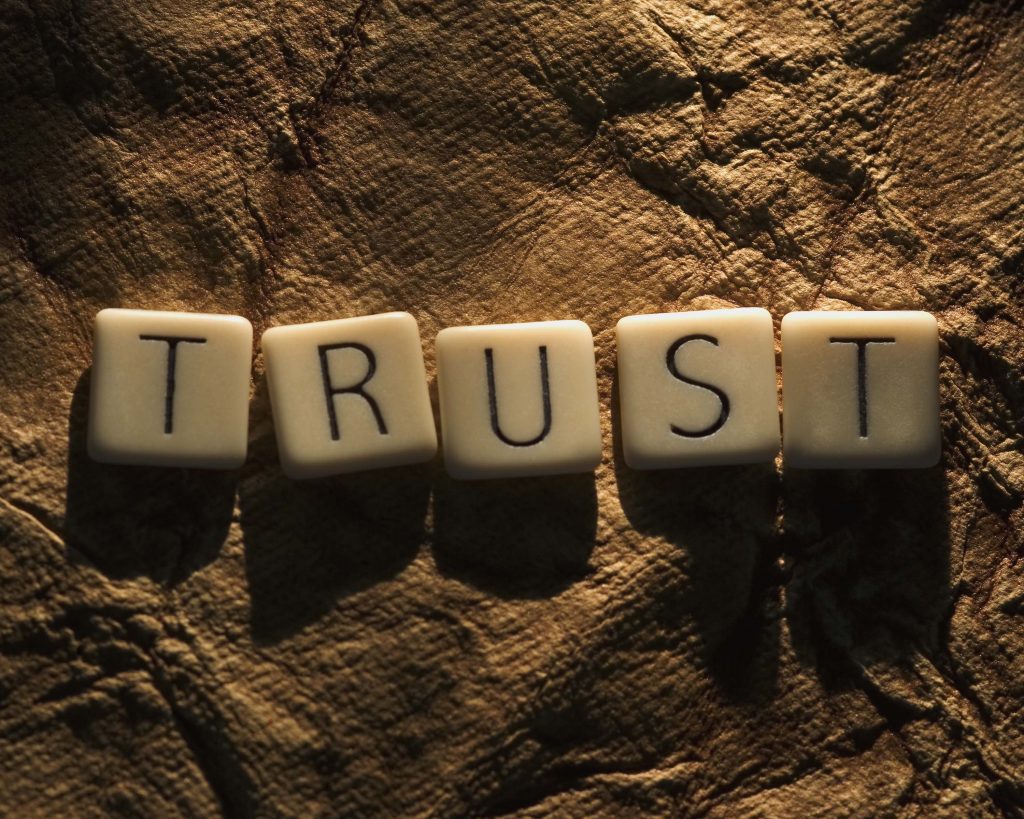Disruption today is now business as usual. HR leaders are no longer responding to isolated events. They’re instead leading through a nonstop stream of workforce, reputational and regulatory disruptions. The business stakes are high and employee expectations are even higher.
This moment demands more than a tactical response and reaction. It requires strategic foresight, cultural clarity and an updated approach to business continuity planning. This approach must center HR as a linchpin in navigating volatility, protecting people and sustaining business operations when it matters most.
Trust is Your First Line of Defense
Trust has long been a foundational asset in people leadership. It’s also a measurable and growing business risk in today’s environment. Employees facing sudden downsizing, workplace polarization, or the impact of emerging technologies like generative AI are asking a critical question: Can I trust this company and its leadership to do the right thing?
That question is becoming harder for organizations to answer. According to the 2024 Edelman Trust Barometer, 68% of people believe business leaders purposely mislead the public through exaggeration or misinformation — a 12-point increase over the past four years and the highest level ever recorded.
This signals an urgent call to action for HR leaders to remember that trust is not only a cultural value, but also a strategic prerequisite for leading through disruption and a key outcome of consistent, purpose-aligned leadership.
To build and sustain trust amid uncertainty:
- Use engagement surveys, listening sessions or pulse checks to identify where trust is strong or eroding within your workforce.
- Stress-test major policies or responses by asking: Does this reflect our values and what we say we stand for?
- Create communication guidelines that encourage proactive, human-centered messaging from managers and senior leaders, even when answers are incomplete.
- Equip managers with tools to foster psychological safety, navigate hard conversations and lead with empathy under pressure.
HR is Central to Crisis Resilience
Many organizations treat business continuity as an IT or operations concern. Continuity in practice hinges on people and the decisions they make, the culture they operate in and the level of clarity they receive. HR is uniquely positioned to shape all three.
Business continuity threats are more complex than ever. AI tools can now impersonate leaders or spread disinformation that fractures internal culture. Employee activism around social or ethical issues can escalate quickly, especially when organizations are silent or reactive. Leadership turnover and burnout often leave crisis response protocols out-of-date or underused.
To build resilience across your workforce:
- Regularly review and revise crisis management protocols to address contemporary threats, ensuring they reflect current organizational structures and potential risks.
- Collaborate with departments like IT, communication and legal to run drills, identifying and addressing gaps in response strategies.
- Provide training for leaders to enhance their ability to navigate crises, focusing on decision-making and communication.
- Integrate resilience planning into onboarding, training and performance evaluations to foster a culture that is proactive and adaptable.
Culture Holds or Breaks Under Pressure
Culture is infrastructure in disruption. It either reinforces your ability to respond quickly and cohesively, or it exposes the fault lines you didn’t know existed. HR leaders have long been stewards of organizational culture, but that role has since evolved.
Culture is now a continuity lever. One that directly affects how people respond under pressure, whether operations can hold and how trust is maintained in uncertainty.
People know how to act with a strong culture, even when plans fail. They trust their leaders, lean into shared values and stay focused on collective outcomes. Confusion and skepticism spread faster than information when culture is weak or misaligned. Decision-making stalls and internal dynamics deteriorate, compounding the issue.
Today’s workforce adds new layers of complexity. Hybrid work models strain cohesion, collaboration and team visibility. Generational divides influence perceptions of transparency and fairness. Social and political issues can become workplace stressors.
These realities mean HR leaders must move beyond “culture as a concept” and treat it as a critical asset that requires continuous investment, intentional reinforcement and systems-level integration.
To build a culture that supports continuity:
- Go beyond value statements. Define what “living the culture” looks like in a crisis and build it into leadership competencies, behavioral indicators and cultural norms.
- Spotlight employees who model calm, integrity and resilience in high-stakes moments. Equally important, address and correct behaviors that contradict core values, especially when tensions run high.
- Provide training and tools that help leaders communicate with empathy and guide teams through ambiguity without losing purpose and values alignment.
- Conduct debriefs that examine cultural performance after every high-stress event: What worked? What didn’t? What does it reveal about what we say we value versus how we behave?
People Systems are the Real Test
Technology may enable continuity when a crisis strikes, but it’s human behavior, communication and coordination that determines if the organization can sustain performance and trust.
Continuity isn’t about having a plan on paper for HR leaders. It’s about building the conditions in which people can respond, adapt and lead with confidence.
Your organization’s ability to deliver on its purpose and promise under pressure—whether facing a cyberattack, a leadership transition, a public controversy or a weather-related shutdown—depends on how well your people are prepared, supported and mobilized.
Business continuity depends on deliberate, people-first planning that reaches across functions, roles and channels in a landscape shaped by hybrid work and increased stakeholder scrutiny.
To drive continuity through people operations, HR leaders should:
- Identify dependencies across talent management, internal communication, onboarding, benefits and compliance. What breaks first? Who’s responsible? What’s the backup plan?
- Develop playbooks that account for varied communication needs across roles and geographies, including multilingual messaging, multi-device delivery and clear leadership cascades.
- Identify key risks in advance and cross-train emerging leaders to step into critical roles during disruption. Ensure continuity of leadership presence beyond function.
- Clarify how employees are expected to act in a crisis. What decisions can be made locally? How should teams escalate issues? What values should guide tradeoffs?
Be the Anchor Your People Need
Employees aren’t only looking for information amid disruption. They’re looking for someone to steady the ground beneath them. HR leaders can be that anchor: a calm, consistent presence who models clarity, empathy and value-aligned action when uncertainty is at its peak.
Executives may shape policy, and spokespeople may deliver external messages, but HR leaders often serve as the internal leaders responsible for protecting culture and guiding people through ambiguity. The way you communicate, the level of visibility you maintain and the consistency you bring to your decision-making can either build stability or deepen confusion.
Your presence is your power in these moments.
Employees don’t expect perfection. They expect honesty, humanity and a sense that leadership is walking alongside them through difficulty.
To lead with intention and presence, HR leaders should:
- Maintain frequent, human-centered touchpoints from HR and leadership to provide reassurance and signal alignment.
- Center communication around your organizational values and show how those beliefs guide difficult choices, whether you’re navigating layoffs, policy shifts or internal conflict.
- Help managers show up with steadiness and compassion. Offer guidance, talking points and real-time feedback to ensure communication is consistent across the organization.
- Debrief and document your leadership role post-crisis. Use those insights to refine your playbook and scale your influence during future issues.
Make Resilience Your People Strategy
Business continuity is more than a technical function — it’s a human one. The best-laid plans fall short if culture collapses, trust erodes, or communication fails. That’s why HR leaders are essential to building organizations that are not only prepared for disruption but strengthened by it.
Now is the time to revisit your crisis readiness, recalibrate your communication and reinforce your culture. Your people won’t remember the policy when the next crisis arises. They’ll remember how you led.
Ayme Zemke, APR, is Chief Client Officer and certified crisis expert at Beehive Strategic Communication. She brings more than 25 years of experience guiding executives across healthcare, education, financial services and manufacturing through crisis and change. Ayme specializes in helping mission-driven organizations lead with purpose and communicate with confidence during high-stakes moments.






